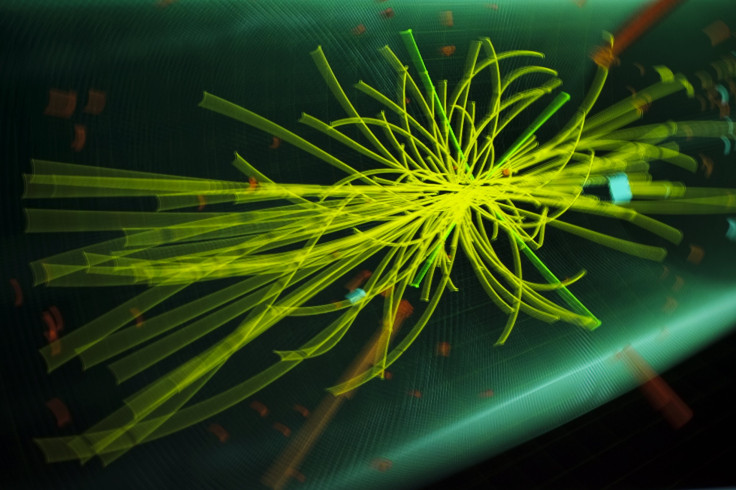Quantum Weirdness Gives Way To Intuitive Behavior In New Experiment

Reality at a subatomic level tends to get a bit confusing. In the everyday macroscopic world we inhabit, the exact position a thing occupies in space can be estimated with remarkable accuracy but, in the subatomic world, this reality begins to unravel, giving way to what’s commonly called “quantum weirdness” by befuddled scientists.
For instance, take the famous double-slit experiment — a subatomic equivalent of Erwin Schrödinger's dead (or alive) cat. If you fire photons at two slits, classical intuition, which works exceedingly well in the reality we inhabit, expects each to pass through one or the other slit and hit a screen on the other side, making a single mark indicative of its particle nature. However, when scientists tried this experiment, the photons created an interference pattern of light and dark bands on the screen, indicating that each photon behaved like a wave and passed through both slits simultaneously.
The “Copenhagen interpretation” offers one explanation of this bewildering behavior. It states that before a quantum particle — in this case a photon — is observed, it exists in a state of superposition, wherein all possible states of the particle have a simultaneous existence. It's only when we observe its state that a quantum particle is essentially forced to choose one probability.
Although why and how an observer influences the behavior of quantum particles is not yet clear, the Copenhagen interpretation provides possible insight into the surrealism that becomes manifest in the quantum world.
In 2011, physicist Aephraim Steinberg from the University of Toronto achieved the seemingly impossible task of tracking the trajectories of photons using a series of weak measurements, gentle enough not to disturb their position, and then averaging out the information. This method showed trajectories that looked eerily similar to classical ones — much like those of balls flying through the air.
Many physicists however remained unconvinced and pointed out the experiment’s inability to deal with quantum entanglement — wherein two particles are so intimately connected that measuring one instantly affects the other, regardless of their relative location. The critics argued that, in some cases, measuring one particle would lead to an incorrect prediction of the trajectory of the entangled particle, coining the term “surreal trajectories” to describe them.
Now, a new version of the experiment, conducted by Steinberg’s team to incorporate the effect of entanglement, has demonstrated that far from “probabilistic smears,” particles at the quantum level can be seen as behaving something akin to billiard balls rolling along a table, and that the surreal behavior observed in the previous experiment is, in fact, caused by the “spooky” influence of the other particle.
As the Copenhagen interpretation underscores, the standard interpretation of quantum mechanics holds that the inherent uncertainty in measuring a subatomic particle’s position and momentum means that there is no real trajectory between the light source and the screen. The best scientists can hope to do is to calculate a “wave function” that shows the odds of the photon being in any one place at any given time.
The latest experiment, however, sought to test, and provide evidence for, a contrarian and more intuitive interpretation, known as the De Broglie-Bohm theory, which says that the photons do have real trajectories, and that their paths are governed by a “pilot wave” upon which these particles ride.
The research, published in the journal Science Advances, shows that underneath the shroud of inherently uncertain probability, the behavior of quantum particles may very well be similar to their macroscopic counterparts. However, it does not go so far as to disprove the probabilistic view of quantum mechanics.
“Rather than thinking about different metaphysical interpretations, I would phrase it in terms of having different pictures,” Steinberg said, in a statement. “Different pictures can be useful. They can help shape better intuitions.”
© Copyright IBTimes 2024. All rights reserved.





















